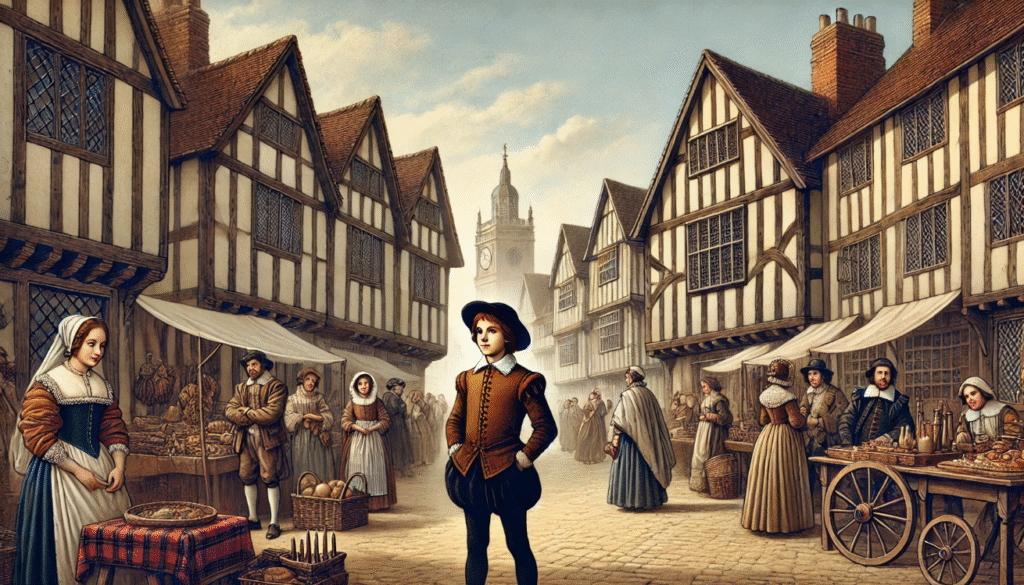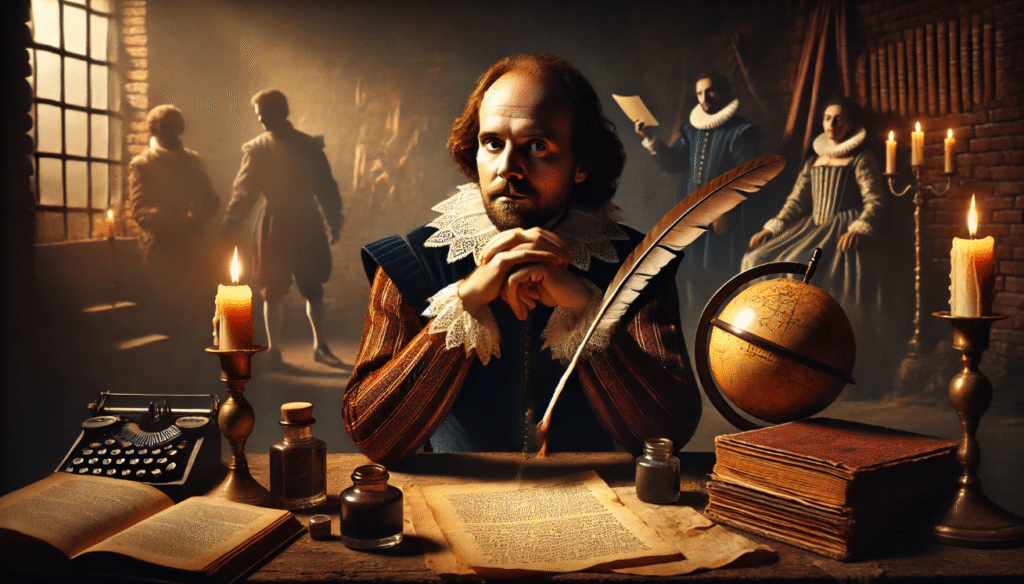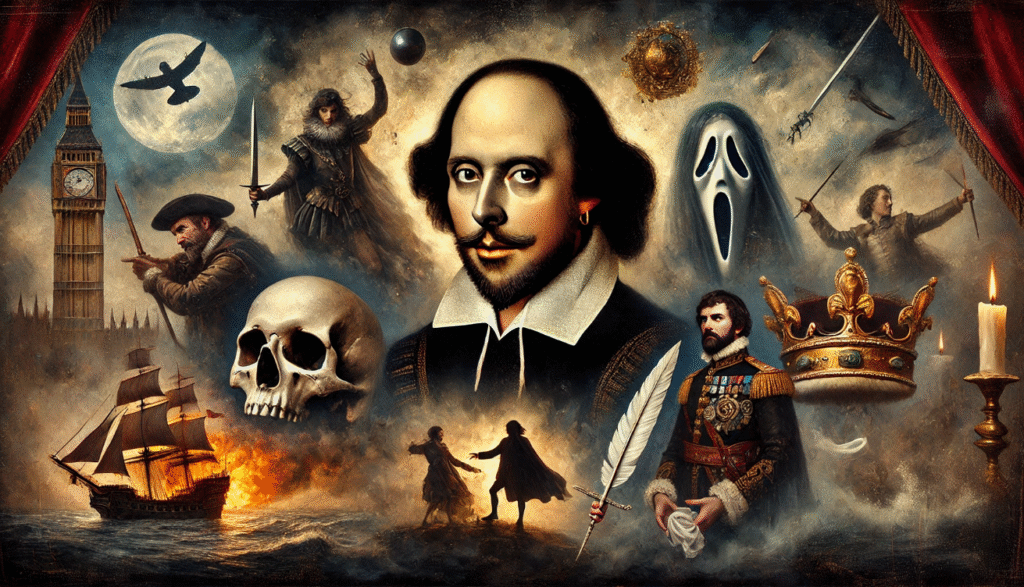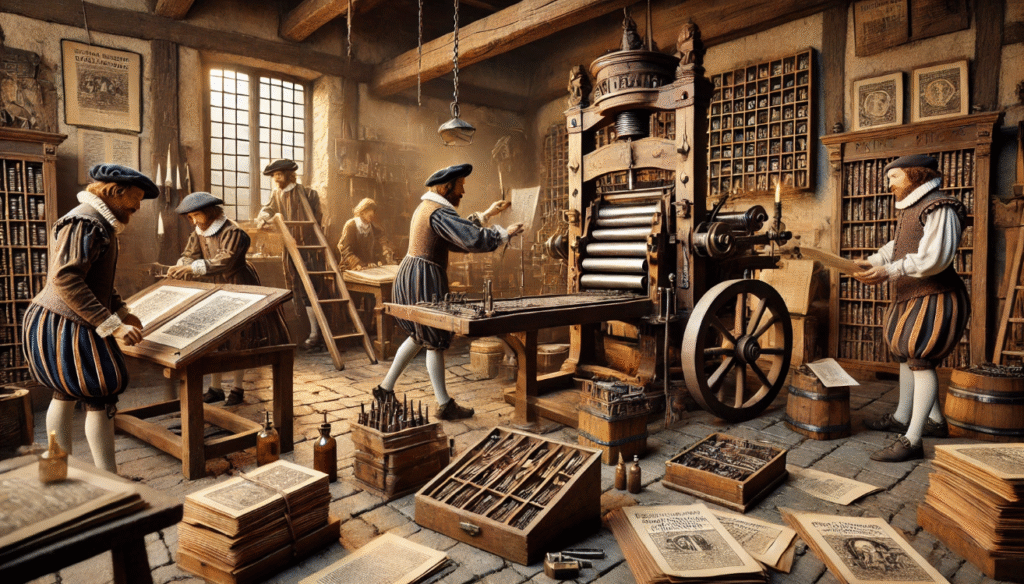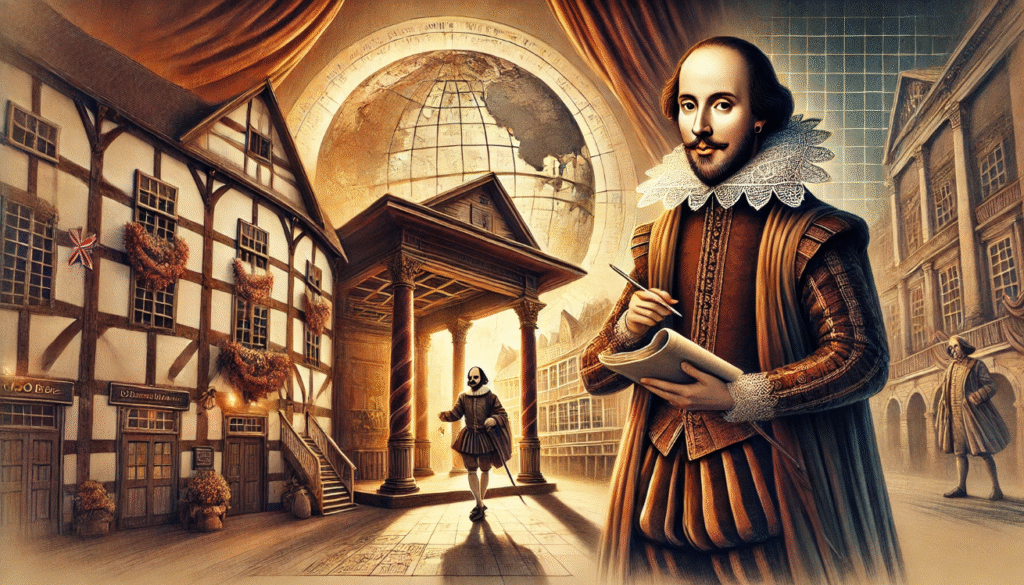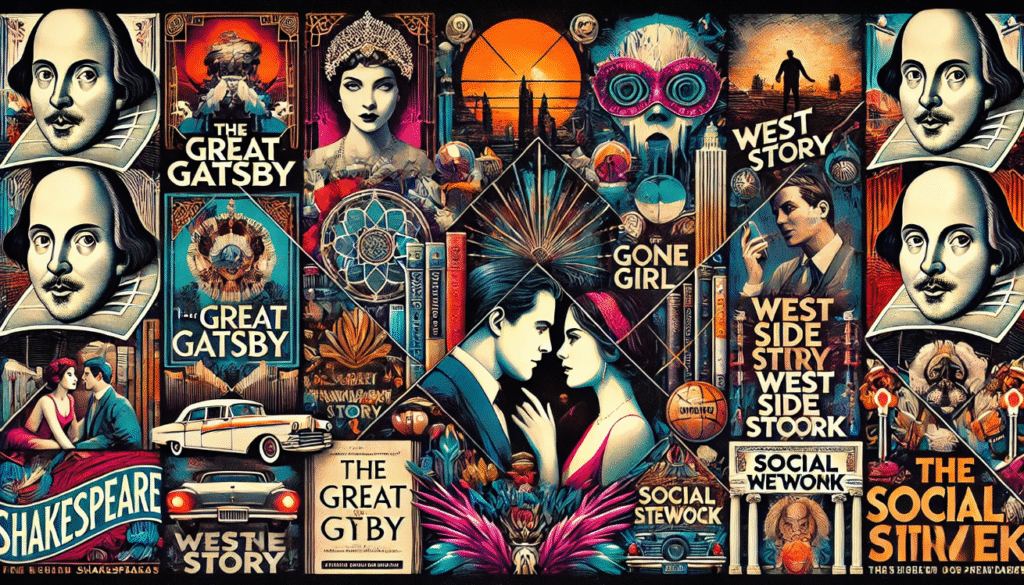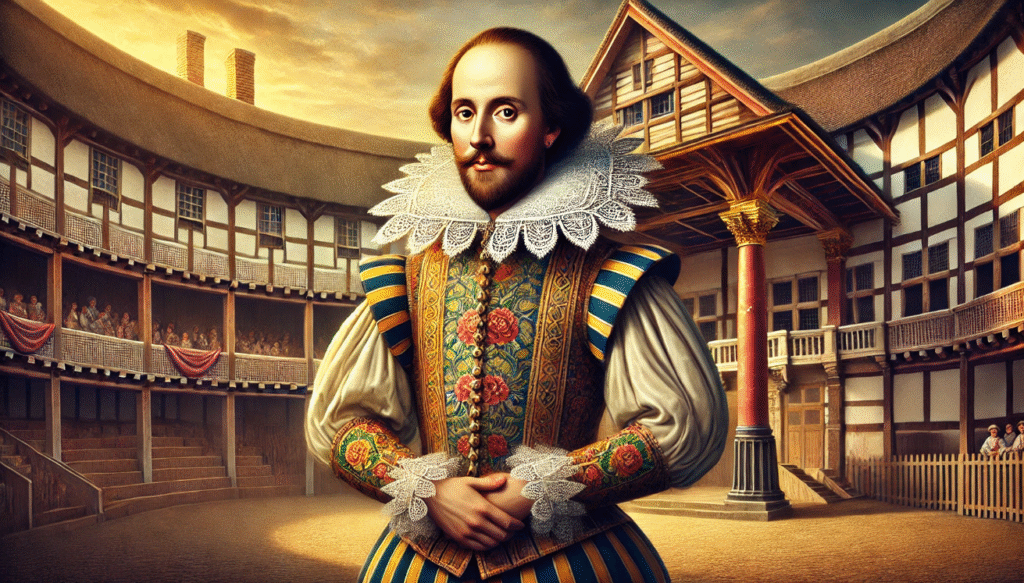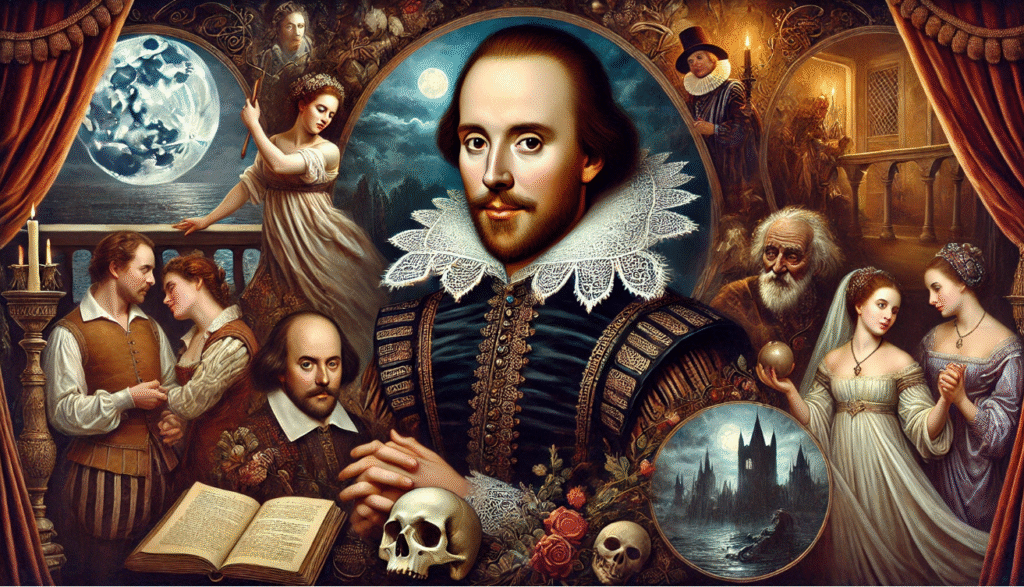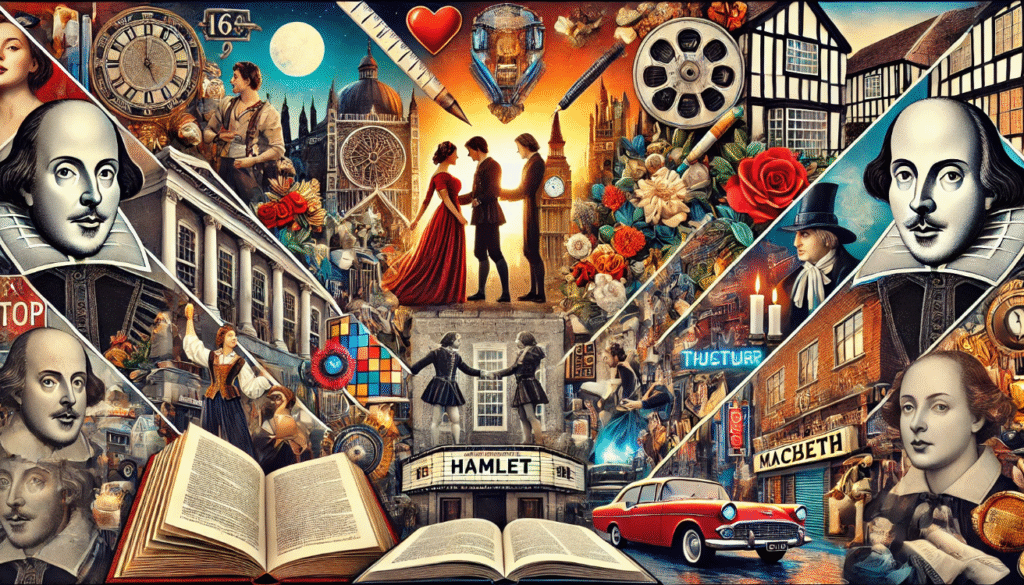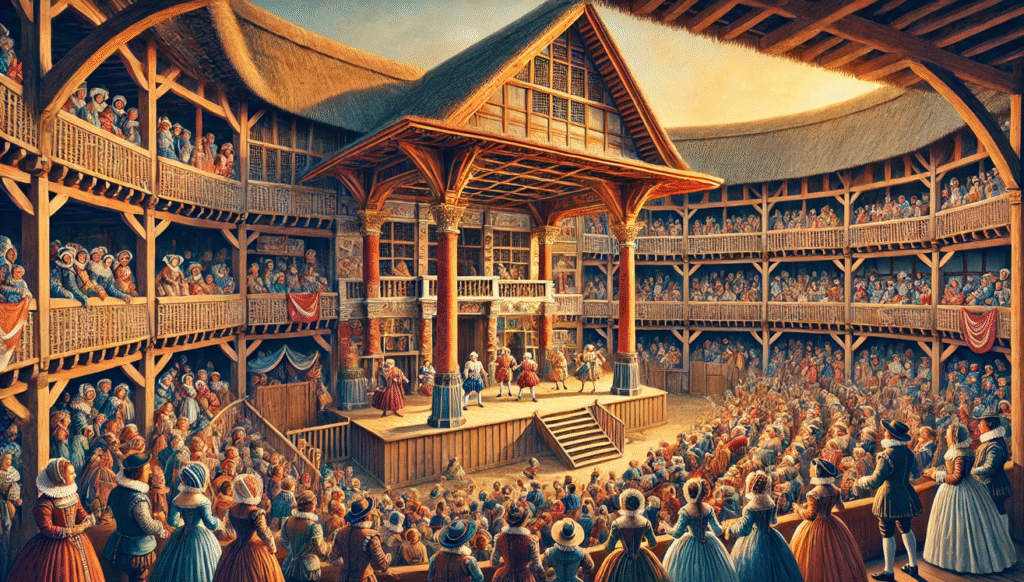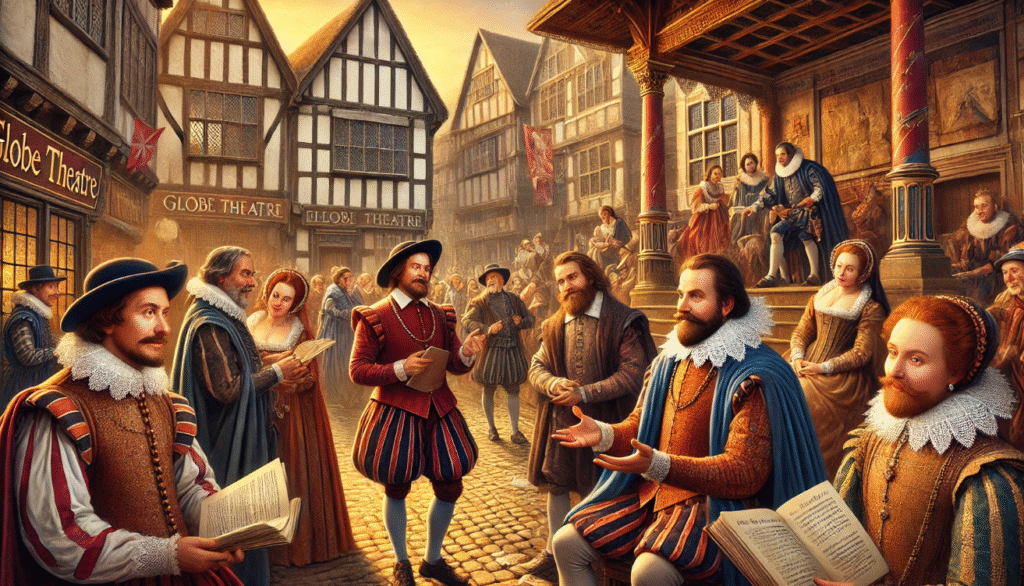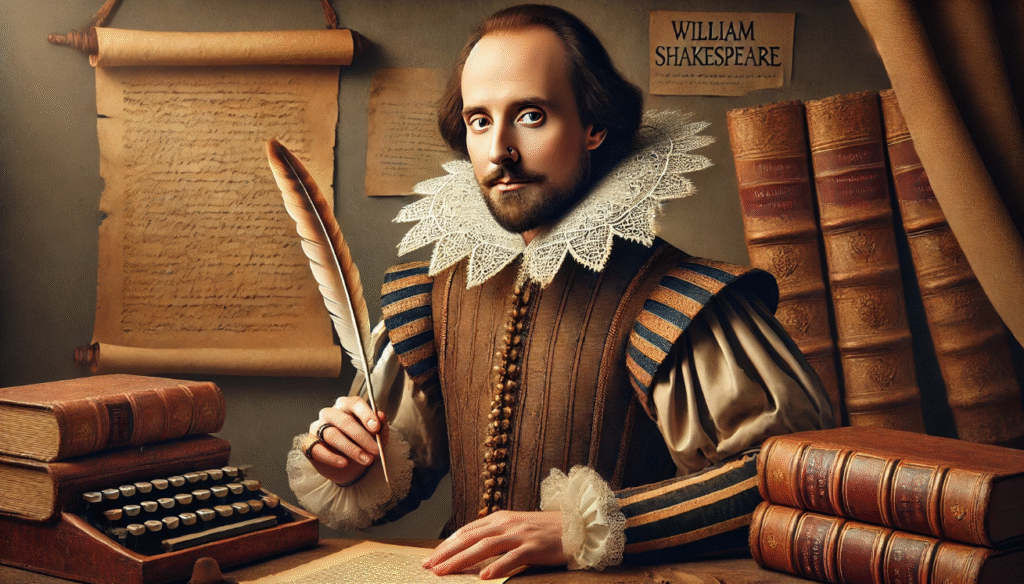 Understanding the Importance of Shakespearean Performance
Understanding the Importance of Shakespearean Performance
William Shakespeare’s works have stood the test of time, captivating audiences for over four centuries. Whether it’s the tragic downfall of Hamlet or the comedic antics of Much Ado About Nothing, Shakespeare’s plays have transcended eras, adapting to each new generation of theatre-goers. At the heart of these performances are the iconic Shakespeare soliloquies, which have fascinated actors and audiences alike with their raw emotional depth and philosophical reflections. But how have these performances evolved over time? In this article, we explore the evolution of Shakespearean performance practices, delving into how staging, acting, and interpretation have changed from the playwright’s own time to the present. Through this exploration, you’ll gain a deeper understanding of the artistic and historical shifts that continue to shape how we engage with his work today.
The Beginnings: Shakespeare’s Time and Early Performance Practices

In Shakespeare’s time, the evolution of Shakespearean performance practices theatre was vastly different from what we know today. Performances took place in open-air playhouses like The Globe Theatre, where audiences stood in a “pit” around the stage. There were no elaborate sets or complex lighting—just a minimal stage with simple props, relying heavily on the actors’ performances to bring the story to life.
One notable feature of early Shakespearean performances was the lack of female actors. Women’s roles were played by young men, which added a unique layer of interpretation to the performances. Shakespeare’s use of language was key—his plays relied on rich dialogue, clever wordplay, and intricate soliloquies to convey meaning, often with little visual assistance.
Actors had to be versatile, delivering both grand speeches and rapid exchanges of dialogue with precision. Shakespeare’s plays were designed to engage the audience’s imagination, making each performance a highly interactive experience. The words on the page were the star of the show, and the audience’s connection to the characters came through powerful oration, not visual spectacle.
Understanding these early practices highlights how Shakespeare’s plays were not only products of their time but also masters of storytelling techniques that are still celebrated today.
Post-Shakespearean Era: Changes in Performance Practices

After Shakespeare’s death, theatre saw significant shifts in how his plays were performed. The late 17th and 18th centuries brought new trends, as performances became more formalized and professionalized. The rise of the Restoration period saw actors trained in a more structured, dramatic style. Stage design became more elaborate, with detailed backdrops and props that added visual depth to productions, unlike the simpler stages of Shakespeare’s era.
During this time, Shakespeare’s works were also adapted to fit contemporary tastes. Plays were often shortened, edited, or altered to match the evolving tastes of the audience. This included emphasizing spectacle and adding more dramatic flair, shifting the focus from pure dialogue to visual effects.
Another key change was the introduction of the director’s role, which began to shape how Shakespeare’s plays were staged. Directors started interpreting the text more freely, bringing their own visions to the stage. The 18th century also saw the beginning of a more consistent use of lighting and costumes, which further contributed to the growing sophistication of performances.
These changes marked the beginning of Shakespeare’s works being performed not just as they were written, but as reimagined pieces that could speak to new generations. The evolution of these practices set the foundation for the dynamic performances we see today.
19th Century: The Rise of the “Romantic” Shakespeare
The 19th century marked a transformative period for Shakespearean performance, as productions became larger, more emotional, and grander in scope. The era embraced the romantic style, focusing on heightened emotion and the exploration of deep, complex characters. Actors like Edmund Kean and Henry Irving redefined Shakespeare’s roles, emphasizing the tragic depth of characters like Hamlet and Macbeth, often bringing a more dramatic intensity to their performances.
This period also saw the introduction of lavish sets and elaborate costumes, with stage designs becoming more intricate and reflective of the emotional tone of the play. Lighting, though still rudimentary, began to play a bigger role in setting the mood, especially in tragedies.
Shakespeare’s works were increasingly presented in larger theatres, allowing for more theatrical flourishes. Directors and actors pushed the boundaries of emotional expression, adding more dramatic flair to both dialogue and action. This romanticized approach to Shakespeare became widely popular and influenced how his plays were perceived in the public eye, turning them into larger-than-life spectacles.
The 19th century’s romantic approach solidified Shakespeare’s place as a central figure in the theatrical world and helped shape the way modern audiences still engage with his work today.
20th Century: The Age of Experimentation
The 20th century was a time of bold experimentation in Shakespearean performance. As theatre evolved, directors and actors began to explore new ways of interpreting Shakespeare’s plays, pushing the boundaries of traditional staging. The rise of modernism and realism influenced how Shakespeare’s characters were portrayed, with a focus on psychological depth and nuanced performances.
Directors like Peter Brook revolutionized the way Shakespeare was staged by stripping down elaborate sets and returning to simpler, more intimate settings. This allowed the language and emotion of the play to take center stage, rather than relying on spectacle. At the same time, new technologies—such as advanced lighting and sound—helped enhance the atmosphere and impact of performances.
The 20th century also saw a surge in diverse interpretations of Shakespeare. Directors experimented with gender-swapping roles, reimagining characters in modern contexts, or even placing the plays in non-traditional settings. These innovative approaches allowed Shakespeare’s works to resonate with contemporary audiences, making his plays feel fresh and relevant.
In this age of experimentation, Shakespearean performances became more varied and dynamic, reflecting the changing cultural and social landscape. The freedom to reinterpret Shakespeare paved the way for the bold, diverse performances we see in today’s theatre.
Shakespeare in the 21st Century: Contemporary Approaches to Performance
In the 21st century, Shakespeare’s plays continue to evolve, reflecting the ever-changing world of modern theatre. Today’s productions are more diverse and inclusive, with directors often reimagining Shakespeare’s works to connect with contemporary issues and audiences. This new wave of performances embraces global adaptations, placing Shakespeare’s characters and stories in a variety of cultural contexts.
Technology plays a significant role in modern Shakespearean performances. The use of multimedia, projections, and even virtual reality has added a new dimension to traditional stagings, creating immersive experiences for audiences. These tools allow directors to experiment with visual storytelling in ways that Shakespeare could never have imagined.
Diverse casting has also become a hallmark of 21st-century Shakespeare. Theatre companies are increasingly casting actors of different races, genders, and backgrounds, offering fresh perspectives on familiar roles. This inclusivity brings a modern relevance to the themes of Shakespeare’s plays, making them more accessible and relatable to today’s audience.
Performance Practices and Shakespeare’s Legacy: Why They Matter Today
Shakespeare’s legacy continues to influence theatre today, with evolving performance practices ensuring his works remain relevant across generations. The way his plays are staged and performed has changed dramatically over the centuries, but the core themes of his work—love, power, betrayal, and ambition—still resonate with modern audiences.
Adapting Shakespeare’s plays to contemporary performance styles allows his work to remain alive and engaging. The evolution of performance practices, from minimalist staging to elaborate productions, has helped keep Shakespeare accessible and exciting. These adaptations also reflect societal changes, offering new perspectives on his characters and themes that speak to today’s issues.
By embracing diverse casting, modern technology, and fresh interpretations, today’s productions create opportunities for deeper connections with audiences. Shakespeare’s ability to inspire innovation while retaining his emotional and intellectual depth is a testament to his enduring relevance in the world of theatre.
The ongoing evolution of Shakespearean performance practices ensures that his legacy will continue to thrive. As theatre keeps pushing creative boundaries, Shakespeare’s work remains a powerful tool for exploring the complexities of human nature, making his plays as impactful now as they were in his time.
The Future of Shakespearean Performance

The evolution of Shakespearean performance practices highlights the timeless nature of his work. From the simplicity of early productions to the grand spectacles of the 19th century, and the innovative experiments of the 20th and 21st centuries, Shakespeare’s plays have constantly adapted to the needs of each era. These changes not only reflect the shifting dynamics of theatre but also show how his works can speak to audiences in new and meaningful ways.
As we look to the future, Shakespeare’s plays will likely continue to inspire bold reinterpretations, with technology, diverse casting, and global perspectives bringing fresh insights to his timeless stories. The flexibility of his work allows for endless possibilities, ensuring that Shakespeare’s legacy remains vibrant and relevant for generations to come.
By exploring the evolution of performance practices, we gain a deeper appreciation for how Shakespeare’s plays have been brought to life—and how they will continue to evolve. Whether you’re watching a traditional production or a modern adaptation, Shakespeare’s ability to connect with audiences across time and culture is a testament to the enduring power of his words and ideas.


